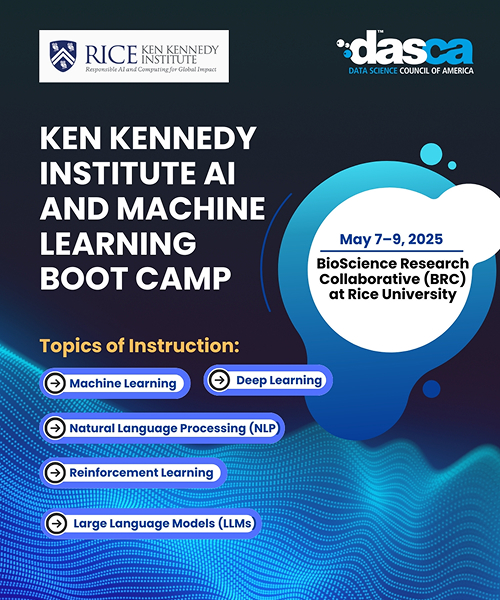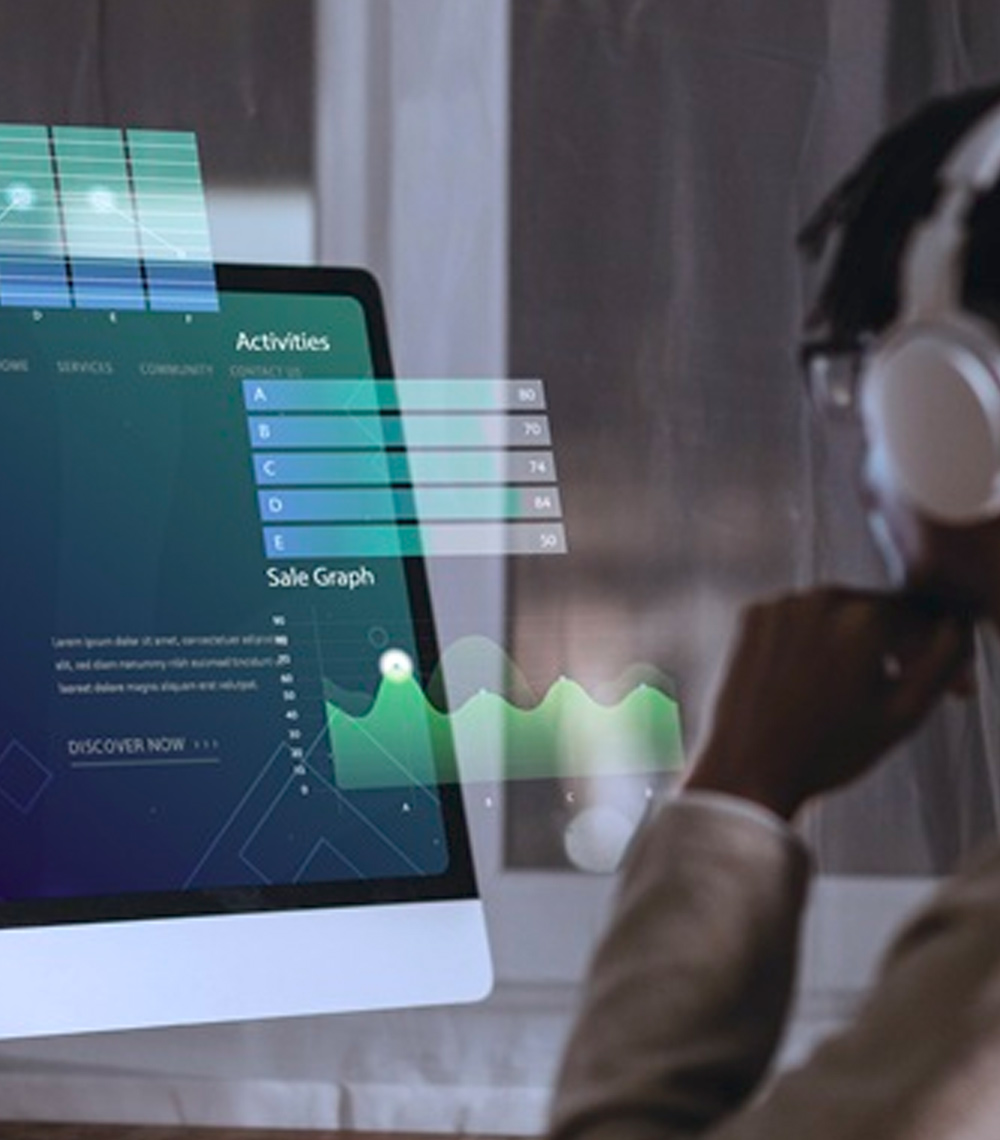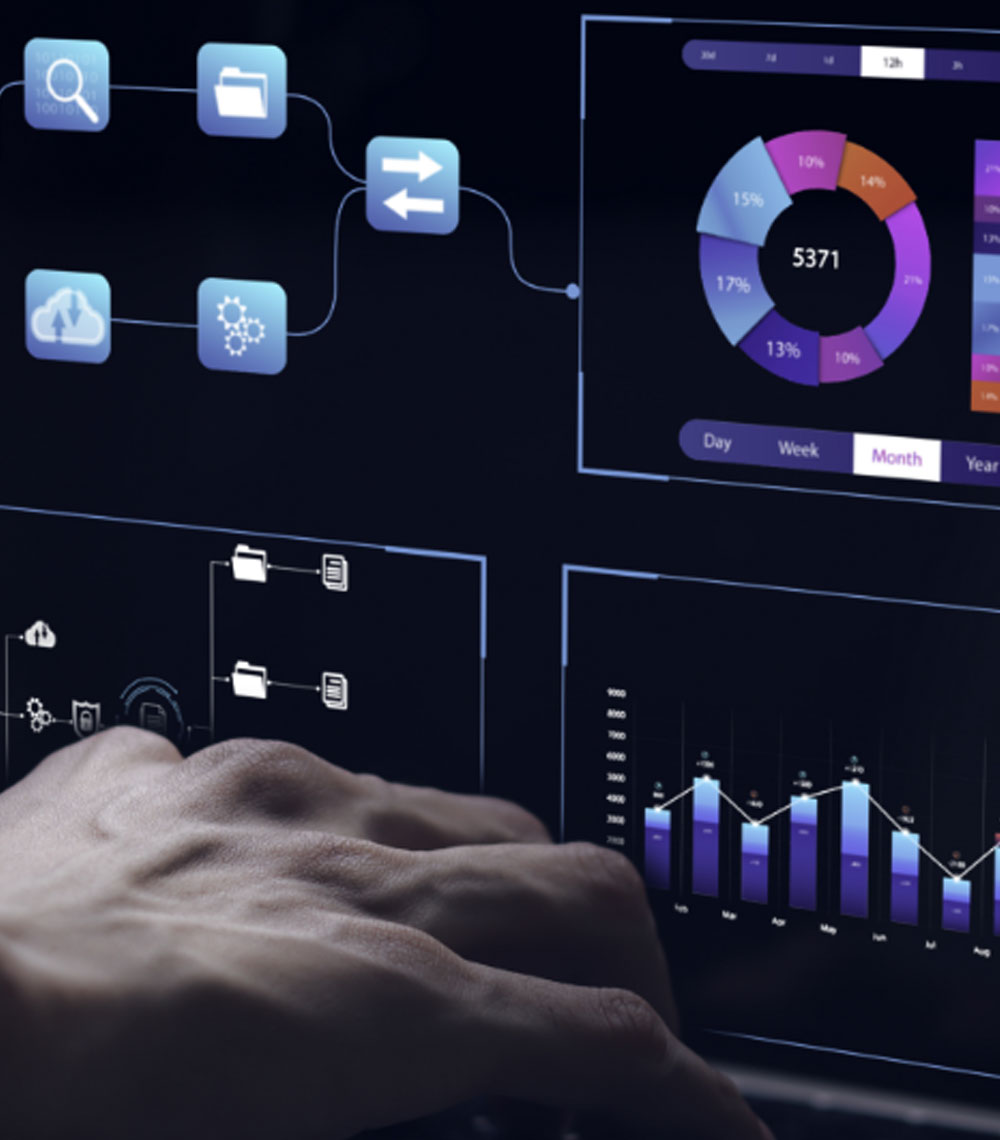
Without big data analytics, companies are blind and deaf, wandering out onto the Web like deer on a freeway.
Geoffrey Moore
The main objective of data analytics is to use statistical analysis and technologies to find trends and solve problems. Data analytics has become increasingly essential in the enterprise as a means for analyzing and shaping business processes and enhancing decision-making and business results.
Data analytics is the process of examining raw data to gather meaningful insights from that data to derive meaningful outcomes. It comprises the tools, processes, and techniques of data analysis and management, such as the collection, organization, and storage of data.
Data analytics skills is an essential driver of any successful business strategy. There are a range of data analytics methods and techniques, which data analysts use based on the kind of data in question and the kinds of insights they want to uncover.
The most helpful methods of data analytics are:
Monte Carlo simulation
Monte Carlo simulation is a computerized technique which is helpful to generate models of possible outcomes and their probability distributions. It mainly considers a range of outcomes and then calculates how likely it is that each particular outcome will be realized. The Monte Carlo method is very helpful for data analysts to perform advanced risk analysis, which helps them to better forecast what might happen in the future and make decisions based on it.
Factor analysis
Factor analysis is a statistical method for taking a huge data set and reducing it to a smaller, more manageable one. Factor analysis also consists of an added advantage, which often uncover the hidden patterns. In a business setting, factor analysis is often used to explore things like customer loyalty.
Regression analysis
Regression analysis is helpful to estimate the relationship between a set of variables. It is a set of statistical processes that are used to estimate the relationships between variables to determine how changes to one or more variables can affect another. For instance, the ways social media spending such as the brand awareness one can achieve with will have direct impact on the sales.
The main objective of regression analysis is to estimate how one or more variables might impact the dependent variable, to identify trends and patterns. This is especially helpful for making predictions and forecasting future trends using data.
Time series analysis
Time series analysis is a statistical technique which is helpful to identify trends and cycles over time. Time series data is a sequence of data points that measure the same variable at various points in time. By looking at time-related trends, data analysts are able to forecast how the variable of interest may fluctuate in the future.
Examples include weekly sales numbers or monthly email sign-ups. It is frequently used for economic and sales forecasting.
Cohort analysis
Cohort analysis is helpful to break a dataset down into groups or cohorts that share common characteristics, for analysis. This is often used to understand customer segments.
Sentiment analysis
Sentiment analysis uses tools, which include Natural Language Processing (NLP), text analysis, computational linguistics, and so on, to understand the feelings expressed in the data. While the previous six methods seek to analyze quantitative data (data which can be measured), sentiment analysis seeks to interpret and classify qualitative data by organizing it into themes. It is mainly used to understand how customers feel about a brand, product, or service.
Cluster analysis
Cluster analysis is an exploratory technique that seeks to identify structures within a dataset. The objective of cluster analysis is to sort various data points into groups or clusters that are internally homogeneous and externally heterogeneous.
End notes
Globally many firms across all industries are leveraging data analytics to enhance the operations, improve the revenue, and facilitate digital transformations. By using the data analytics, the process of examining, cleansing, transforming, and modeling data to derive conclusions can be done more effectively.



































